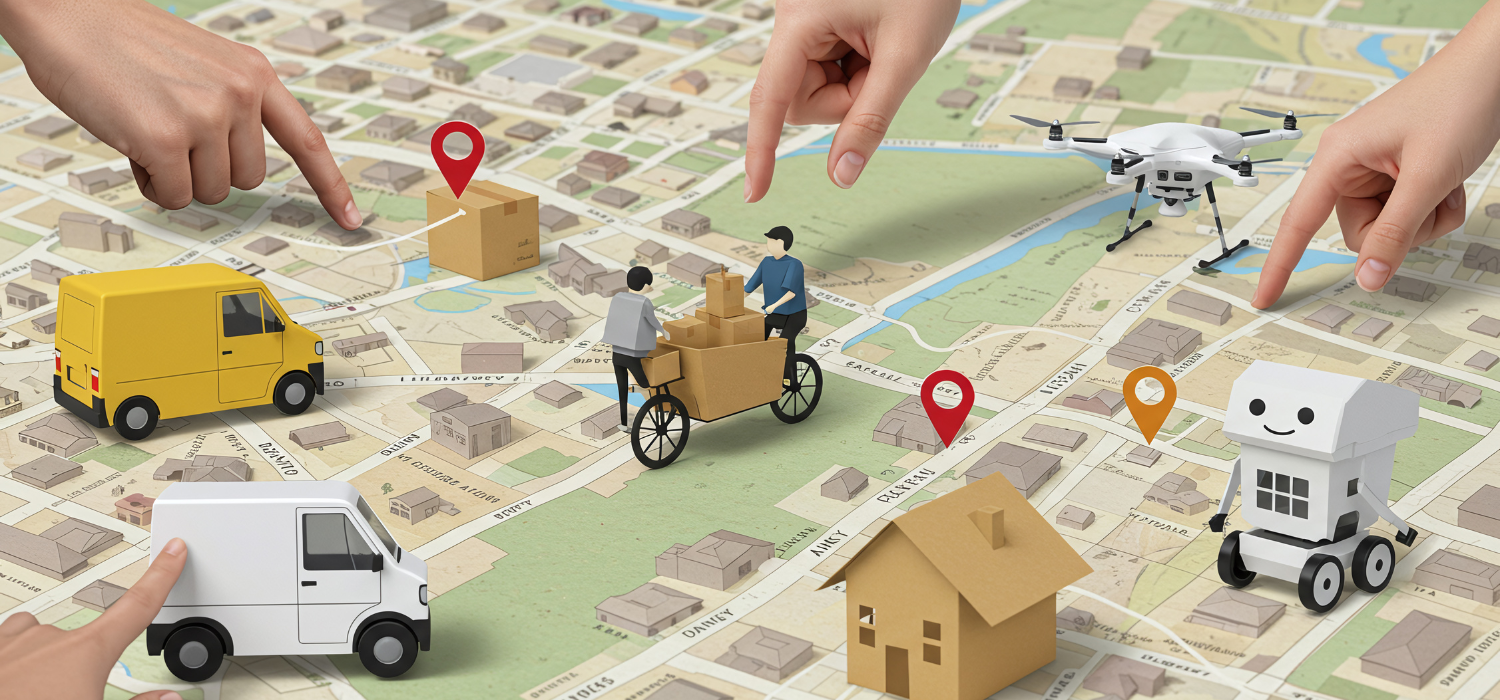One of the countries that certainly pays the most attention to environmental sustainability when it comes to eCommerce is Belgium.
This is also confirmed by Greet Dekocker, Managing Director of BeCommerce/SafeShops.be, who was interviewed by Ecommerce Europe/Euro Commerce and emphasised (as we will see later in this article) the tendency of both eShoppers and Belgian merchants to pay particular attention to the topic of sustainability.
With more than 11 million inhabitants, 95% of whom are Internet users, Belgium is therefore in its own right one of the most interesting markets to watch with regard to the development of e-commerce.
For this reason, in this article we have analysed for you all the data on eCommerce in Belgium. Here is what emerged.
eShoppers in Belgium, that’s who they are
According to data from the Report ‘European eCommerce 2023‘ by Ecommerce Europe and Euro Commerce, Belgian eShoppers reached 79% of the country’s total Internet users in 2023. A figure that is not very high compared to other European countries (it only ranks 15th overall), but one that has boomed especially since the pandemic. Suffice it to say that in 2019, eShoppers stood at 67%.
Online shopping grows for all age groups
Between 2010 and 2023, the percentage of the population shopping online increased significantly in all age groups in Belgium. For instance, in just over a decade, eCommerce penetration increased from 8% to 37% among people aged 65-74.
Those who shop most online in Belgium are eShoppers aged 25-34 (80%), followed closely (79%) by those aged 35-44. This is followed by the 16-24 age group (70%), the 45-54 age group (68%) and the 55-64 age group (52%). Finally, as we have seen, people aged between 65 and 74 do not deny themselves a few online purchases (37%).
The identikit of the Belgian eShopper
If, as we have seen, the majority of online purchases in Belgium are made by young people between the ages of 25 and 34, completing the identikit of the Belgian eShopper is their gender.
In 2010, according to Statista data, about one third of men in Belgium had made purchases from an eCommerce site, compared to 23% of women. However, in 2023, eCommerce usage has become more egalitarian between genders, with 63% of men and about two-thirds of women purchasing goods and services online, a difference of only 4%.
The reasons for the eCommerce boom in Belgium
As anticipated, the pandemic has played a crucial role – in Belgium as in the rest of Europe and the world – in the development of e-commerce. According to the International Trade Administration, there was a 7.5% increase in online shopping in Belgium in 2020, with a turnover of USD 10.4 billion.
However, there are also other factors to take into consideration. The increase in Internet penetration in the country, as well as the incentives and tax breaks for e-commerce promoted by some of the country’s regions, such as Flanders, Wallonia and Brussels, have in fact played an equally important role, leading to a significant increase in the adoption of digital commerce. But exactly how much is eCommerce growing in Belgium?
How much is eCommerce worth and how much is it growing in Belgium
In 2023, there were just over 63,000 online shops in Belgium, with a domestic turnover of EUR 13.3 billion and a value of EUR 2.5 billion to international consumers.
In fact, 82% of Belgian eShoppers buy online from national sellers; 67% also shop online from sellers in other European countries, and only 15% say they shop from online shops from outside Europe.
Furthermore, in the coming years, Mordor Intelligence estimates that the Belgian e-commerce market will register a CAGR of 7.42% in the forecast period from 2022 to 2027.
The Sustainability of eCommerce in Belgium
As mentioned at the beginning of this article, the topic of environmental sustainability of eCommerce is particularly dear to eShoppers and merchants in Belgium.
This is also confirmed by Greet Dekocker, Managing Director of BeCommerce/SafeShops.be, according to whom “web shops and retailers in Belgium are adapting their offer by making it more sustainable”. To do so, merchants are also “applying eco-filters to their websites to give consumers the opportunity to search specifically for sustainable products, tagged with specific ‘ecolabels’ that can identify them as environmentally friendly or not”. Finally, said Dekocker, “suppliers are also jumping on this bandwagon, with more packaging suppliers working or striving to work with recyclable and reusable materials”.
The role of returns for a more sustainable eCommerce
To make eCommerce more sustainable, the topic of returns is also central. “Mitigating the impact of returns is an issue that Belgian retailers are investing a lot in,” explained Greet Dekocker in his interview in the report European eCommerce 2023. Fortunately, there is a willingness on the part of webshops to reduce the rate of returns and their impact. According to a survey we conducted in 2021, 83 per cent of webshops are already trying to do this by providing better and clearer information about the products on sale. The destruction of returns has also been limited, with 74% of returns being repackaged and resold, sold as second-hand items (in 9% of cases) or donated (in 5% of cases)’.
Finally, also playing a central role when talking about the sustainability of eCommerce is certainly the issue of shipping related to online orders, i.e. the modes of transport offered to consumers and the level of adoption of alternative and more sustainable methods of delivery.
So, what is the state of the art in Belgium with respect to Out Of Home deliveries?
Out of Home Deliveries in Belgium
How many OOH points are there in Belgium
The answer comes from the report ‘Out fo Home Delivery in Europe 2023’ by Last Mile Experts according to which the total OOH points in Belgium would be 7,465, divided between 6,595 PUDO (Pick-up/Drop-off Points), and 870 APM Points.
Bpost, the national postal operator, is the leader in the country in terms of the number of OOH Points available (2,065 PUDOs and 692 APMs), also thanks to its collaboration with other logistics operators such as DHL, GLS, PostNL and Vinted, but among its main competitors is Instabee, which ranks second in terms of APM points available (500).
Using Lockers for online order collection
However, the use of Lockers and Pick-up Points for eCommerce deliveries in Belgium is still quite limited, especially as lockers only account for about 1% of the total volume of delivered parcels (source: BIPT 2022).
Despite this, however, the volume of parcels delivered at Lockers is increasing, which means that although the preference for automated lockers for picking up online orders has not changed among consumers (who still prefer Home Delivery), the number of parcels delivered at Lockers has nevertheless increased.
In the near future, therefore, we can expect that major Belgian operators will increase their number of Parcel Lockers so that more and more eShoppers can benefit from them for their online purchases and choose them as a delivery option for their orders, capitalising on that same tendency of Belgian eShoppers to prefer eCommerce offering sustainable options.
If you are a merchant and wish to integrate Lockers and Pick-up Points to your eCommerce, choose GEL Proximity! We can offer you over 200,000 already active Pick-up Points. Contact us now and find out how.













